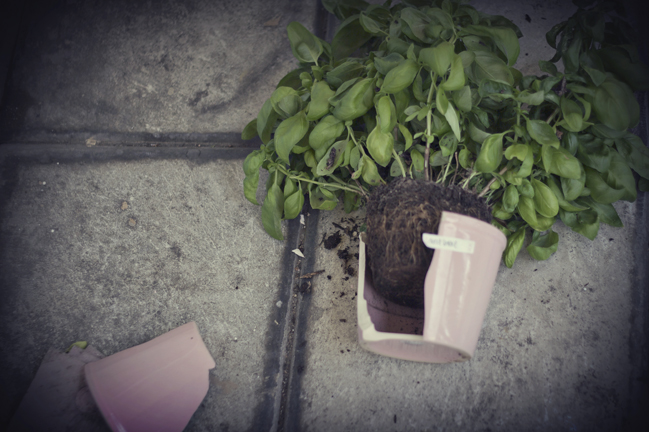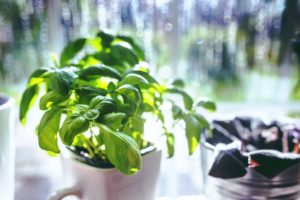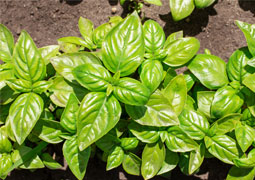Growing Basil could be a lot of fun. It widely used in different cuisines, medical uses and is a good source of vitamin C, calcium, magnesium, potassium, and iron. But Basil are very tender plants, and if not taking care of it properly they can easily die.
If you are reading this, your Basil is probably keep dying, but without knowing the conditions or cause it’s hard to tell.
This is why I decided to list all the most common Basil problems to help you figure out why your Basil keep dying.
If none of the listed problems below helps you, you can comment or write us and we will do our best to help you.
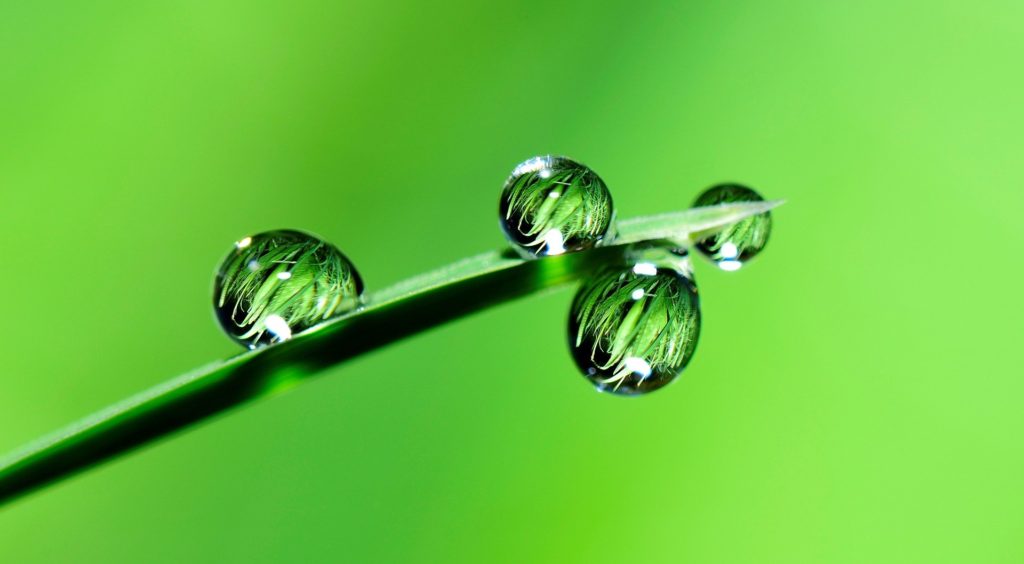
#1 Watering
Basil likes soil that is slightly moist—never wet and never dry, remember that.
Overwatering Basil or leaving the plant sit in water too long can cause the roots to suffocate, rot and eventually die. Roots needs oxygen and too much water will cause it to suffocate.
To avoid overwatering make sure you are using a good potting soil mix, clean containers with holes to drain to help the water drain well.
On the other hand, under watering can cause your Basil to wilt and eventually will kill the roots. Keep an eye on the soil and make sure its moist.
If needed check a few times a day the soil, if it starts to dry give it some water but not too much.
If you can, water your Basil with lukewarm water, a few degrees warmer than room temperature.

#2 Fertilizer
Did you ever tasted a pale green or yellowish old basil leaf? It’s bitter and off-flavor, nobody likes it.
The reason your Basil leaves are not growing like they should be is probably you are not using a fertilizer or not using as much as the planet needs.
The fertilizer provides the plant and the leaves the nitrogen it needs, and if using it right it also gets the right amount it needs.
There are 2 main types of fertilizer you can use, organic or synthetic. I use only organic fertilizers but it’s totally up to you to decide.
The most common organic fertilizers are fish emulsion, earthworm castings, farm and ocean products.
Every fertilizer has 3 numbers on its package and always listed in the same order, N-P-K. It stands for Nitrogen-Phosphorus-Potassium.
When you are looking for a fertilizer for your Basil, look for the first number and make sure it’s the highest you can find.
This will make your Basil to keep growing and green.
Fertilize your Basil every 2 to 4 week depending on your soil, container size and fertilizer type.
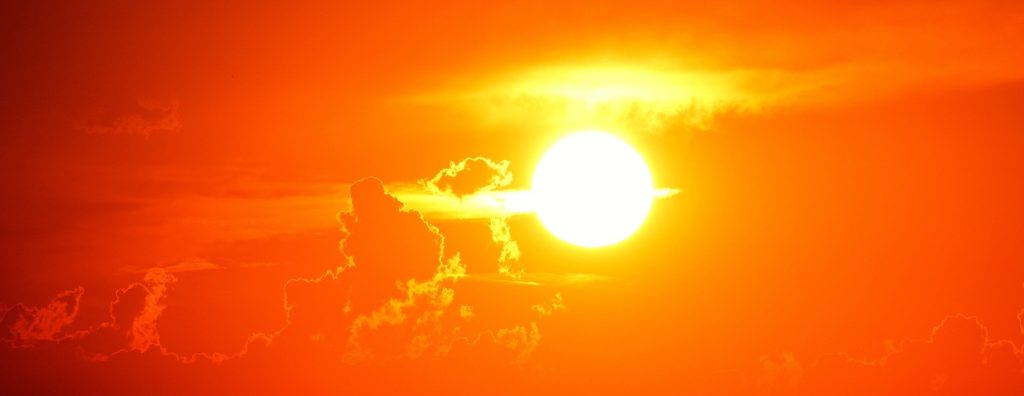
#3 Light
If the conditions outside are not extreme, not too cold or too hot, Basil will thrive if it receive direct sunlight most of the day.
In case it’s too hot outside, look for a spot you can place it to receive morning direct light and in-direct light in the rest of the day.
If you can’t grow your Basil outside, and must grow it indoors it’s best to place it in a spot with as much as direct sunlight it can get. Try avoiding placing it next to the window.
If you don’t have enough sunlight, at least 10 -12 hours a day, you can use artificial lights like LED or fluorescent tubes. Place the light a few inches above the plant for 10 – 12 hours a day.
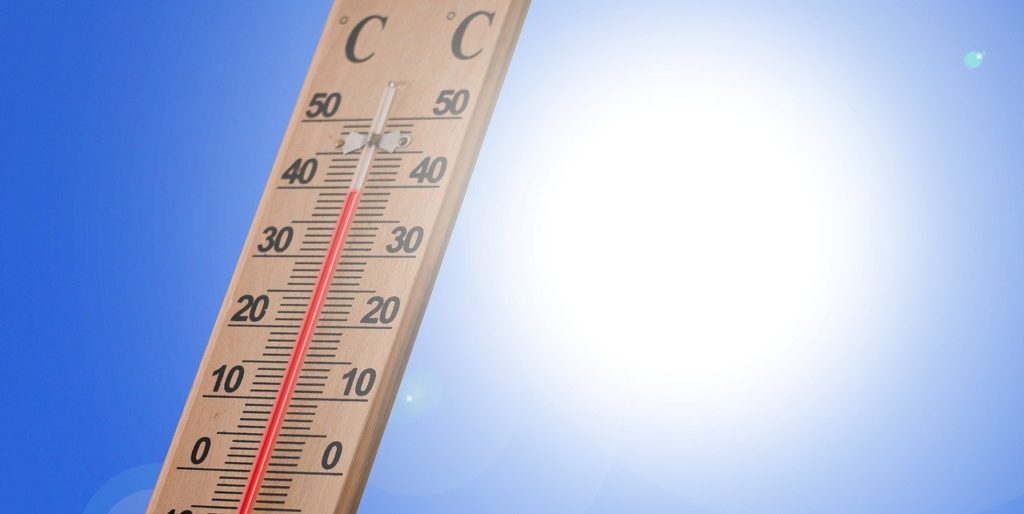
#4 Temperature
Basil do not thrive in cold temperatures, it’s a tender annual. It germinates, grows, and sets seed in one growing season.
Check when is the first frost in the fall and you will know when it won’t grow anymore.
It’s also a good indication when not to start growing Basil.
It depends on where you live but Basil will thrive when the temperature outside is between 60 or 65 degrees F. Below 60 or 55 F will make the Basil weak and prevent it from growing.
If you are growing indoors, keep basil in the 68 to 75 degree range.
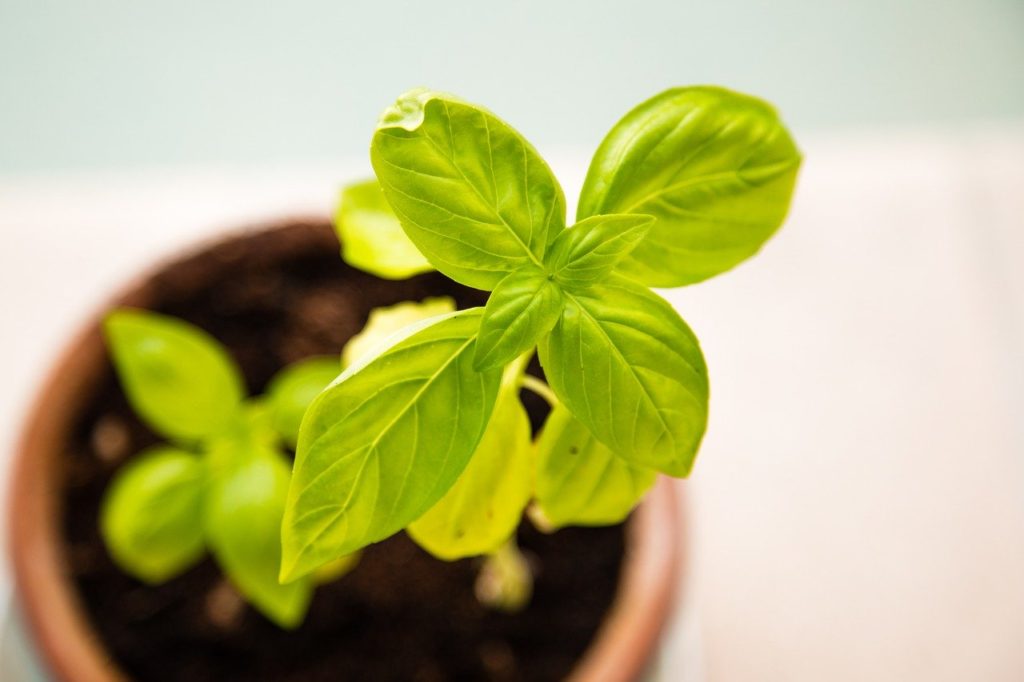
#5 Container
Use a container or a pot that fits the size of the Basil. If you start with seeds, which the way to start i recommend, use a small container or even a clean yogurt container.
Don’t plant your Basil seeds or seedlings in a large container because it won’t be able to use all the water in it.
If you want to plant more than one seedling, use a 4″ pot and plant 4 seedlings.
When the roots fill the pot transplant it to a larger pot. You can use a 6″ pot, which gives the root enough room to grow.
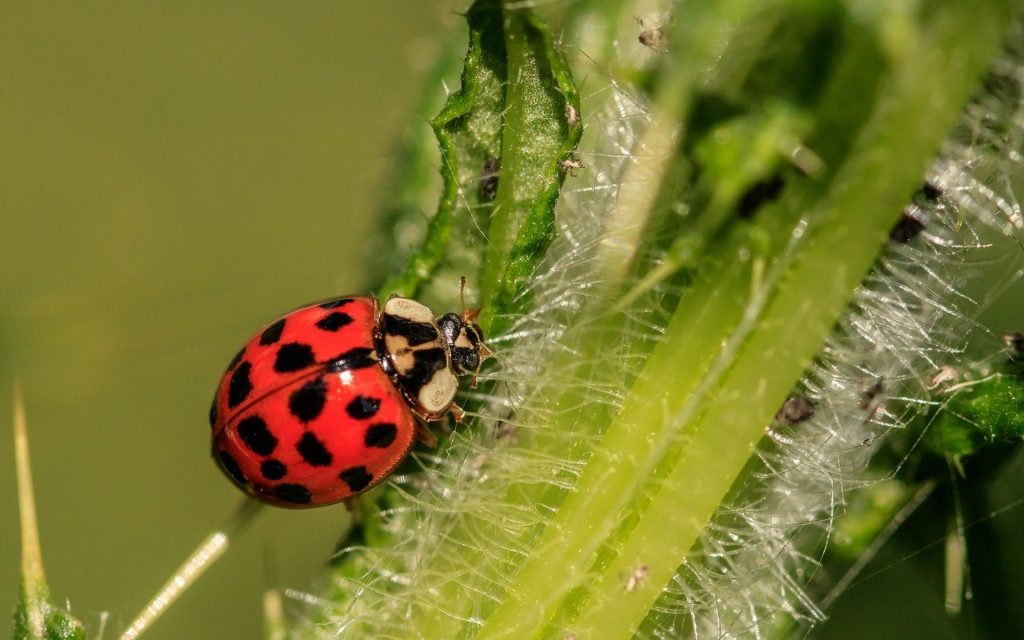
#6 Pests and Disease
Basil is relatively resistant to most pests and common herb diseases. But there a few things to take in mind while growing Basil.
Overwatering can cause Fusarium Wilt (Fungal root rot) and over time can kill the plant. Wilt is the first indication you should look for.
The second thing to look for is when the leaves are suddenly starting to drop.
Another disease that can cause a decline in the plant’s health is the Downy Mildew. If you starting to see that yellow spots on the leaves and mold on the on the underside of it.
This is also caused by overwatering and planting it too crowded.
Although the Basil has natural pest-repellent properties, Japanese Beetles is the one to look out from. The best way to get rid of it is just removing it with your hand.
Your Basil suffers from something I didn’t cover? I would love to hear from you in the comment section below.

